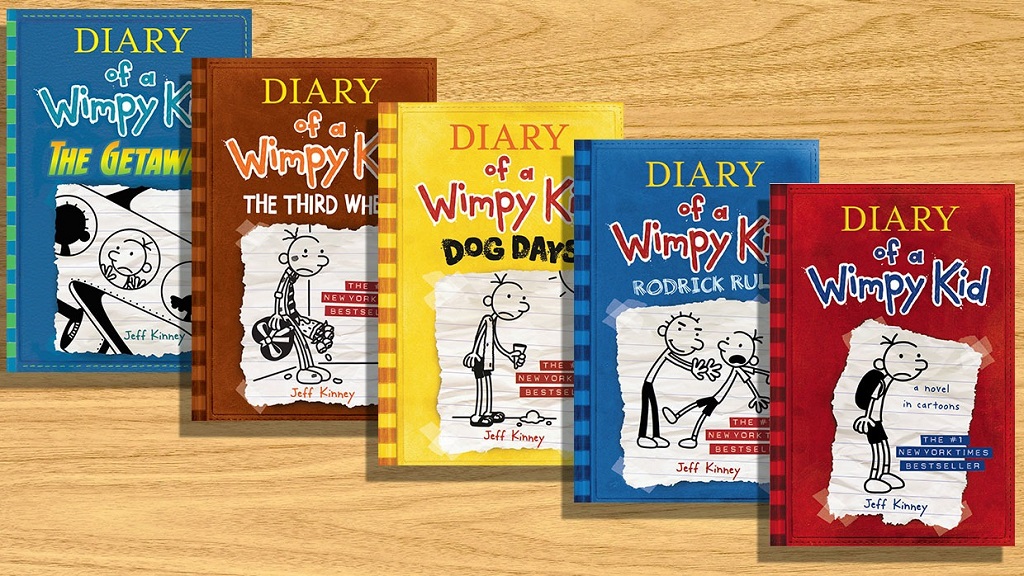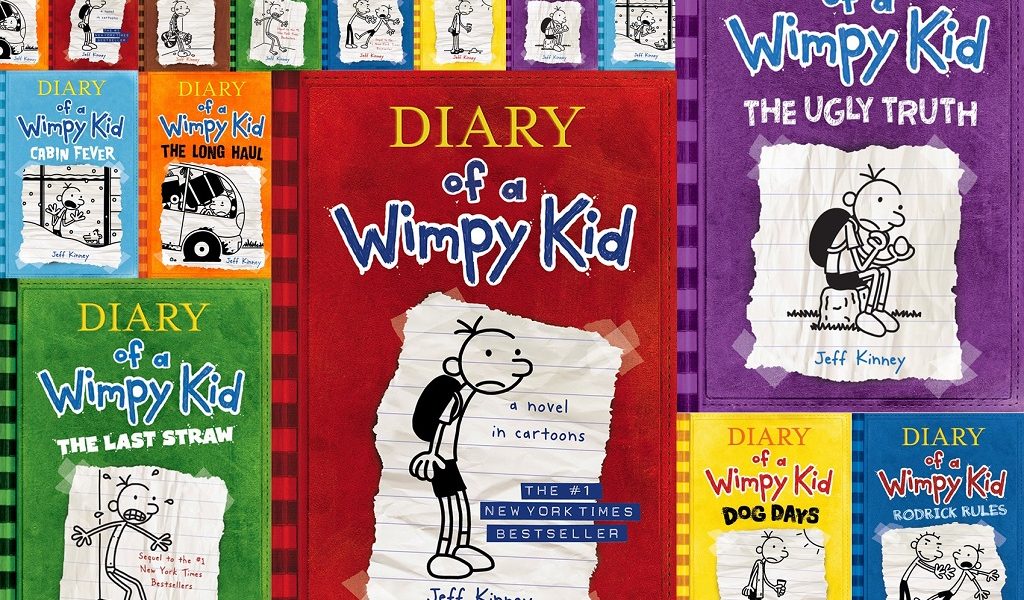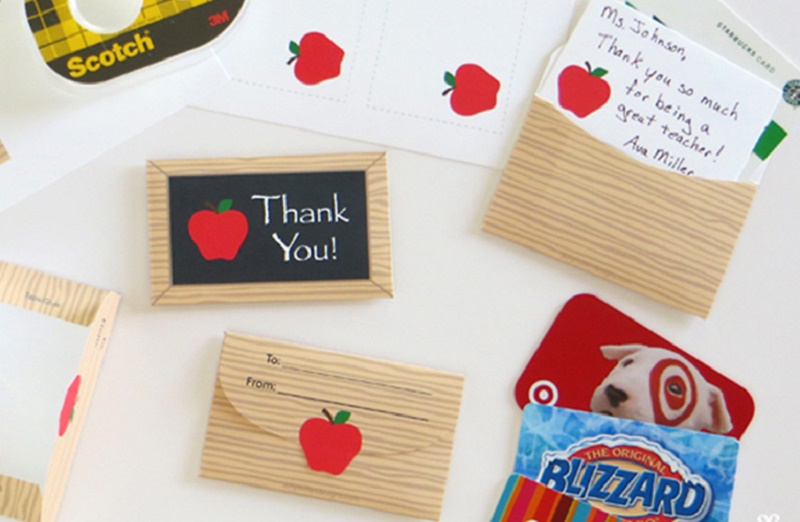Picture this: Your child picks up a book voluntarily, chuckles while reading, and actually finishes it from cover to cover. For many parents, this scenario feels like winning the lottery. Enter Greg Heffley and his hilariously awkward adventures in the Diary of a Wimpy Kid series—books that have transformed reluctant readers into eager page-turners worldwide.
But as a parent or educator, you’re probably wondering: what grade level is Diary of a Wimpy Kid, and is it appropriate for your child’s reading ability? Understanding the reading level of popular children’s books helps ensure your young reader stays engaged without becoming frustrated or bored.
Understanding the Reading Level of Diary of a Wimpy Kid
Diary of a Wimpy Kid books are officially classified at a 3rd to 7th grade reading level, with most titles falling specifically within the 4th to 6th grade range. This classification is based on several standardized reading assessment systems that analyze factors like sentence complexity, vocabulary difficulty, and overall text structure.
Reading Level Measurements Explained
Different educational assessment tools provide slightly varying grade levels for the series:
Lexile Level: Most Diary of a Wimpy Kid books fall between 950L and 1050L, which corresponds to upper elementary to middle school reading levels. The Lexile Framework measures text complexity by analyzing sentence length and word frequency.
Guided Reading Level: The series typically ranks at Level S to T, which aligns with grades 3-6 in most educational systems. Guided reading levels consider factors beyond just text difficulty, including content complexity and reader independence.
AR (Accelerated Reader) Level: These books generally score between 5.0 and 6.2 on the AR scale, indicating they’re suitable for students reading at a 5th to 6th grade level.
Why the Grade Level Range Varies
The beauty of Jeff Kinney’s writing lies in its accessibility across multiple grade levels. Several factors contribute to this broad appeal:

Visual Storytelling Elements
The series incorporates simple cartoon illustrations and comic-style drawings that support text comprehension. These visual elements make the books accessible to younger readers while maintaining interest for older students. The combination of text and pictures creates a bridge between picture books and chapter books.
Vocabulary and Sentence Structure
While the vocabulary includes some challenging words that help expand young readers’ language skills, the sentence structure remains relatively simple. Kinney uses conversational language that mirrors how middle schoolers actually speak, making the content feel natural and relatable.
Humor and Relatability
The universal themes of friendship, family dynamics, and school experiences resonate with readers across different ages and abilities. The humor appeals to both developing readers and more advanced students, creating a wide comfort zone for various reading levels.
Age Appropriateness and Content Considerations
Beyond reading level, parents often wonder about the age-appropriateness of Diary of a Wimpy Kid content. The series is generally recommended for ages 8-12, though many younger and older readers enjoy the books as well.
Content Themes
The books address typical middle school experiences including:
- Friendship challenges and social dynamics
- Family relationships and sibling rivalry
- School pressures and academic struggles
- Growing up and personal identity
Behavioral Concerns
Some parents and educators have raised concerns about Greg’s occasionally selfish behavior and poor decision-making. However, these character flaws often serve as teaching moments, showing consequences for negative actions and providing opportunities for discussion about better choices.
Educational Benefits for Different Grade Levels
Elementary School Readers (Grades 3-5)
For younger readers, Diary of a Wimpy Kid offers several educational advantages:
Reading Motivation: The engaging format and humorous content often motivate reluctant readers to tackle longer texts. The visual elements provide context clues that support comprehension.
Vocabulary Development: Students encounter new words in context, naturally expanding their vocabulary without feeling overwhelmed by complex language.
Reading Stamina: The episodic nature of the stories helps build reading endurance, preparing students for longer chapter books.
Middle School Readers (Grades 6-8)
Middle school students benefit from the series in different ways:
Social-Emotional Learning: The realistic portrayal of middle school challenges helps students process their own experiences and develop emotional intelligence.
Critical Thinking: Greg’s unreliable narration encourages readers to think critically about perspective and consider multiple viewpoints.
Writing Inspiration: The diary format can inspire students to try creative writing or journaling themselves.
Supporting Your Child’s Reading Journey
For Parents
Reading Together: Consider reading the books alongside your child to facilitate discussions about the characters’ choices and consequences. This shared experience can strengthen your bond while supporting literacy development.
Series Progression: The Diary of a Wimpy Kid series includes over 15 books, allowing readers to grow with the characters over time. Monitor your child’s engagement and comprehension to ensure they’re still being appropriately challenged.
Supplementary Activities: Look for related activities like drawing comics, writing diary entries, or discussing the books with friends to extend learning beyond reading.
For Educators
Classroom Integration: These books work well for independent reading programs, literature circles, or as mentor texts for creative writing lessons.
Differentiated Instruction: Use the series to support readers at various levels within the same classroom, as the content appeals to different abilities while maintaining consistent themes.
Assessment Opportunities: The familiar format and engaging content make these books excellent choices for reading assessments and comprehension activities.
Comparing to Other Popular Series
Understanding how Diary of a Wimpy Kid compares to other popular children’s series can help you make informed reading choices:
Captain Underpants (Grades 2-4): Slightly easier reading level with more visual elements Dork Diaries (Grades 4-7): Similar format and themes, slightly more complex vocabulary Wings of Fire (Grades 4-8): Higher reading level with more complex plot structures Dog Man (Grades 1-4): Easier reading level, more picture-heavy format
Tips for Choosing the Right Reading Level
Assessment Strategies
Five-Finger Rule: Have your child read a page and hold up one finger for each unknown word. If they reach five fingers, the book might be too challenging for independent reading.
Comprehension Check: After reading a chapter, ask your child to summarize the main events. Strong comprehension indicates an appropriate reading level.
Engagement Factor: Notice your child’s enthusiasm and willingness to continue reading. Appropriate-level books should maintain interest without causing frustration.
When to Challenge or Support
Moving Up: If your child easily comprehends Diary of a Wimpy Kid and shows interest in longer or more complex books, consider introducing slightly more challenging series.
Extra Support: If your child struggles with comprehension, consider reading together, using audiobooks, or exploring graphic novel versions of similar stories.
The Bottom Line: Is Diary of a Wimpy Kid Right for Your Reader?
Diary of a Wimpy Kid successfully bridges the gap between early chapter books and more complex middle-grade fiction. Its 3rd to 7th grade reading level makes it accessible to a wide range of young readers, while the engaging content and relatable characters keep students turning pages.
The series works particularly well for:
- Reluctant readers who need motivation
- Students transitioning from picture books to chapter books
- Young readers who enjoy humor and visual storytelling
- Children developing critical thinking skills about character behavior
Remember that reading level is just one factor in choosing appropriate books. Consider your child’s interests, maturity level, and personal reading goals when making selections.
Read More Also: Alternatives to Traditional Grading Systems: Revolutionizing Education for Equity and Growth
Ready to Get Your Child Reading?
Whether you’re a parent looking to spark your child’s love of reading or an educator seeking engaging classroom materials, Diary of a Wimpy Kid offers an excellent starting point for young readers. Visit your local library or bookstore to explore the series, and don’t hesitate to ask librarians for additional recommendations based on your child’s specific interests and reading level.
Start with the first book in the series, observe your child’s response, and adjust your approach based on their engagement and comprehension. Remember, the goal is to foster a lifelong love of reading—and Greg Heffley’s misadventures just might be the perfect catalyst for that journey.
What’s your experience with Diary of a Wimpy Kid? Share your thoughts in the comments below and let us know how these books have impacted your child’s reading journey!





